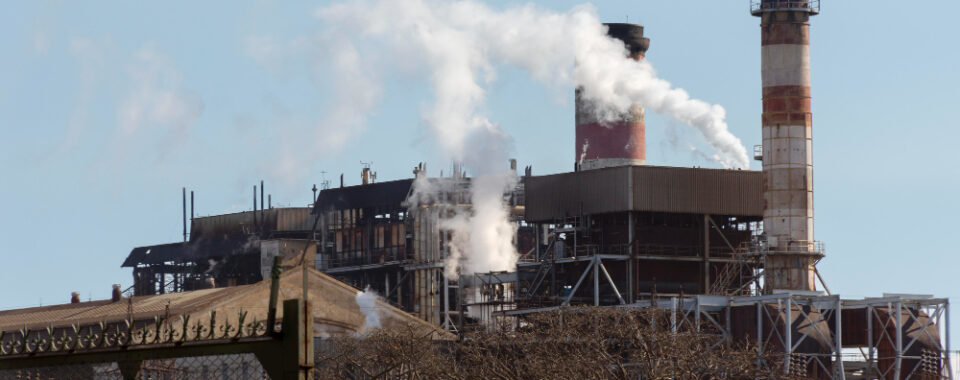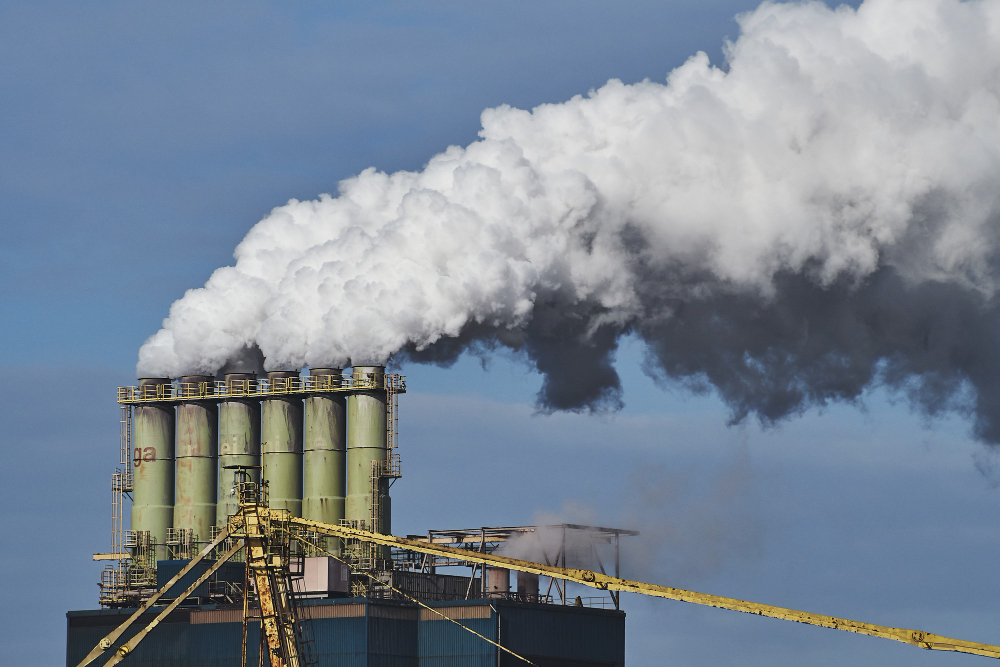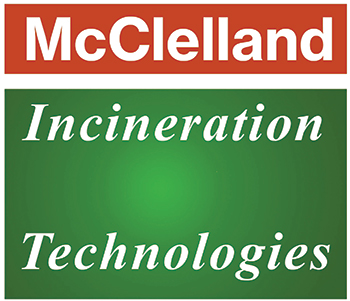
- February 17, 2022
- by McClelland
- Mc Clelland
1. Introduction
Waste-to-Energy (WtE) represents a dynamic approach at the intersection of waste management and sustainable energy production. At its core lies the evolution of incinerators, once solely synonymous with waste disposal but now integral to the paradigm shift in waste management practices.
This article aims to explore the pivotal role of incinerators within the realm of resource recovery and sustainable waste management. Understanding the historical progression of incinerators alongside the emergence of Waste-to-Energy technologies is key to appreciating their transformative impact on waste reduction and energy utilization.
2. Understanding Waste-to-Energy and Incineration
Defining Waste-to-Energy
Waste-to-Energy (WtE) encapsulates a process where incinerators play a pivotal role in converting various types of waste into usable energy forms such as heat, electricity, or steam. This process involves the controlled combustion of waste materials at high temperatures within specially designed incineration facilities.
Incinerators, equipped with sophisticated technology, not only facilitate the safe and efficient disposal of waste but also offer opportunities for resource recovery. The combustion process generates heat that can be harnessed to produce electricity or used in industrial processes. Furthermore, modern incinerators have the capacity to capture and recycle certain materials, including metals, post-combustion.
This comprehensive approach to Waste-to-Energy not only addresses the challenge of waste management but also contributes to resource conservation, augmenting the sustainable utilization of available resources.
Types of Incinerators
Incinerators encompass a spectrum of technologies designed to manage different types of waste while emphasizing the potential for resource recuperation. Several key types of incinerator technologies are prevalent in the realm of Waste-to-Energy:
- Mass-Burn Incinerators: These are the most common type, capable of incinerating municipal solid waste (MSW) at high temperatures, thereby generating heat or steam used for energy production.
- Gasification Incinerators: Gasification involves the conversion of waste into a gaseous state, enabling more efficient extraction of energy. It offers the potential for increased resource recovery and minimizes emissions.
- Fluidized Bed Incinerators: These incinerators use a bed of material to combust waste at lower temperatures, aiding in reducing emissions while allowing for effective energy recovery.
- Pyrolysis Units: This technology involves the decomposition of waste materials at high temperatures in the absence of oxygen, producing gases, liquids, and solids that can be used for energy or material recovery.Each type of incinerator technology holds distinct capabilities in waste management, with varying degrees of emphasis on energy generation and resource recovery. Understanding these technologies is essential in maximizing the efficiency and sustainability of Waste-to-Energy processe

3. Environmental Impact and Emission Reduction
Emission Reduction Technology
Modern incinerators are equipped with advanced emission control mechanisms that play a critical role in mitigating air pollutants generated during the waste incineration process. These technologies aim to significantly reduce harmful emissions such as particulate matter, dioxins, sulfur dioxide (SO2), nitrogen oxides (NOx), and volatile organic compounds (VOCs).
Emission control systems in state-of-the-art incinerators employ a range of technologies, including:
- Baghouse Filters and Scrubbers: These mechanisms capture particulates and remove acidic gases by passing flue gases through various filtration media or chemical solutions.
- Selective Catalytic Reduction (SCR) and Selective Non-Catalytic Reduction (SNCR): These systems use chemical reactions to reduce NOx emissions by converting them into harmless nitrogen and water vapor.
- Advanced Combustion Control: Optimized combustion processes help minimize the formation of harmful by-products, ensuring cleaner emissions.
The implementation of stringent emission control technologies not only ensures compliance with environmental regulations but also significantly contributes to reducing the environmental impact of incinerators.

Energy Generation and Greenhouse Gas Emissions
Incinerators play a significant role in reducing greenhouse gas emissions by effectively converting waste into energy, thereby mitigating environmental impacts compared to other waste disposal methods.
Through the controlled combustion of waste, incinerators harness the heat produced to generate electricity or heat for various applications. This process not only minimizes the volume of waste sent to landfills but also contributes to reducing methane emissions that occur in anaerobic decomposition processes within landfills.
Furthermore, when incinerators are equipped with advanced emission control technologies, they can significantly mitigate the release of greenhouse gases and other harmful substances into the atmosphere. These emission control measures, coupled with energy recovery, augment the overall environmental sustainability of waste management practices.
4. Addressing Concerns and Misconceptions
Public Health and Safety
Acknowledging and addressing concerns regarding air quality and public health risks associated with incineration is pivotal in fostering a comprehensive understanding of its impact.
Incineration processes, when appropriately regulated and equipped with modern emission control technologies, significantly mitigate potential risks to public health and environmental quality. Measures implemented to control emissions, such as the removal of particulates and the reduction of harmful gases, contribute to minimizing the impact of incineration on air quality.
Data Source Recommendation: Reports from the World Health Organization (WHO) provide comprehensive insights into the health impacts associated with waste incineration, aiding in understanding the correlation between incineration processes and public health.
Comparative Analysis with Alternative Methods
An in-depth comparative analysis is essential to underscore incineration’s environmental advantages over conventional waste disposal methods such as landfilling and recycling.
Incineration offers distinct advantages in specific contexts, particularly in reducing the volume of waste sent to landfills, minimizing methane emissions from decomposition, and recovering energy from waste materials that might otherwise remain unused. Additionally, compared to some recycling processes that may involve high energy consumption or contamination issues, incineration can offer a more viable solution.
Data Source Recommendation: Comparative studies available in environmental research journals or publications from waste management organizations provide detailed analyses comparing the environmental impact and effectiveness of incineration vis-à-vis landfilling and recycling.

5. Public Engagement, Policy, and Regulatory Framework
Community Engagement and Perception
The significance of community involvement, education, and transparency in incinerator projects cannot be overstated when striving to enhance community acceptance and trust.
Incorporating the public’s input and concerns into the planning and execution phases of incinerator projects fosters a sense of ownership and understanding. Public education initiatives elucidating the benefits of modern incineration technologies, addressing misconceptions, and highlighting the stringent environmental controls can assuage apprehensions within communities.
Transparency throughout the incinerator’s lifecycle, from site selection to operational procedures and environmental monitoring, establishes a foundation of trust and cooperation between project developers and local residents, contributing to improved acceptance and support.
Policy Influence
An overview of governmental policies and regulations shaping incinerator adoption and sustainable waste management practices provides crucial insights into the broader framework within which incineration projects operate.
Government policies and regulations play a pivotal role in steering incinerator adoption and establishing guidelines for sustainable waste management. These policies often outline emission standards, waste management strategies, and incentives for adopting eco-friendly practices. By promoting sustainable waste management practices and incentivizing innovations in incineration technology, policies contribute significantly to the overall effectiveness and sustainability of incinerator projects.

6. Future Perspectives and Innovations
Emerging Technologies and Circular Economy Integration
The exploration of cutting-edge incinerator technologies presents an exciting avenue for the evolution of waste management systems and their integration into a circular economy framework.
Innovative advancements in incinerator technologies are poised to revolutionize waste-to-energy practices, emphasizing resource recovery and sustainability. Technologies such as advanced gasification, pyrolysis, offer promising opportunities to enhance energy efficiency, minimize emissions, and extract valuable resources from waste streams.
Furthermore, integrating incinerator facilities into the circular economy framework emphasizes the importance of reducing waste, reusing materials, and recycling resources. This approach aims to close the loop by maximizing resource recovery, minimizing environmental impact, and creating a sustainable cycle of resource utilization.

7. Conclusion
In conclusion, incinerators stand as indispensable components within the realm of waste-to-energy solutions, representing a transformative force in sustainable waste management practices.
Throughout this discourse, the pivotal role of incinerators in waste management has been underscored, highlighting their multifaceted contributions. From effectively converting waste into energy to facilitating resource recovery and promoting sustainable practices, incinerators serve as linchpins in addressing the complexities of waste disposal and energy generation.
The confluence of technological advancements, notably in emission control mechanisms and energy recovery systems, plays a crucial role in mitigating environmental impact while harnessing the potential of waste as a valuable resource.
Moreover, the significance of community engagement, transparency, and education in fostering acceptance and trust in incinerator projects cannot be overstated. Collaboration between stakeholders and the active involvement of communities are integral to building a sustainable waste management ecosystem.
As we navigate toward a future where waste management is synonymous with resource utilization and environmental responsibility, incinerators, with their evolving technologies and alignment with circular economy principles, are poised to continue playing a pivotal role in shaping a sustainable and resilient future.

